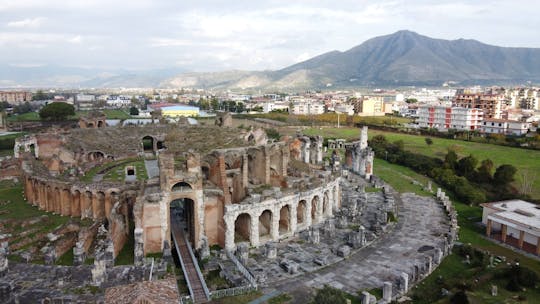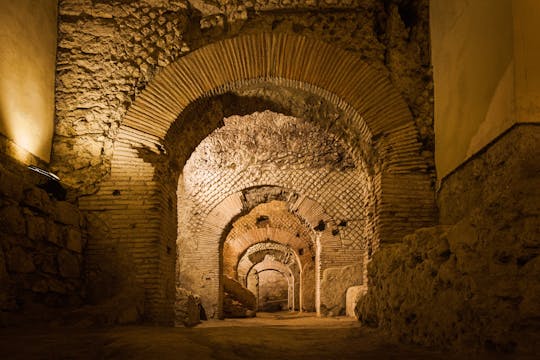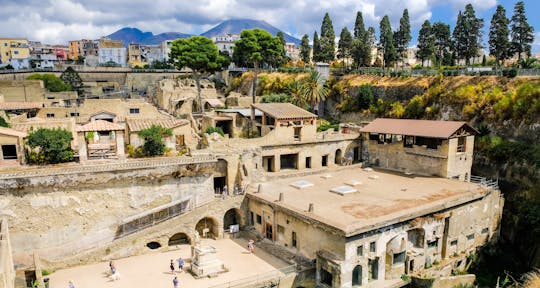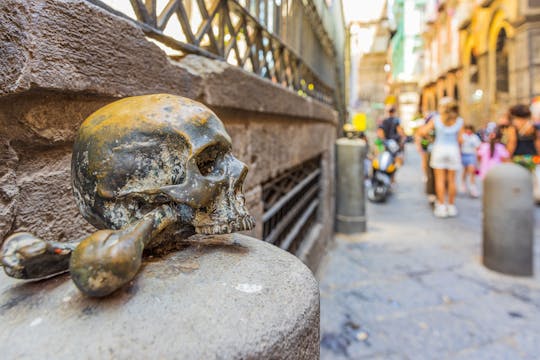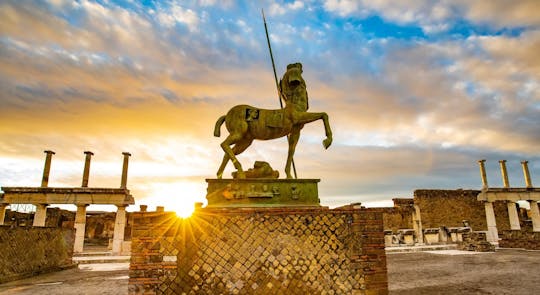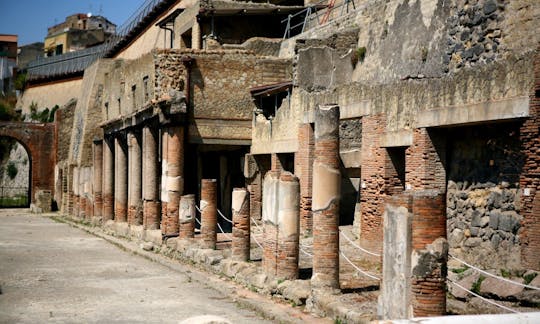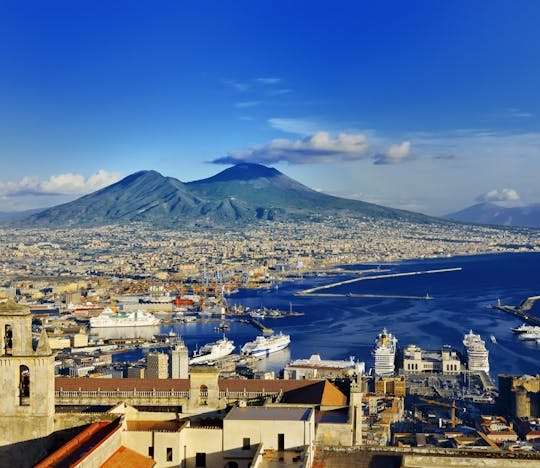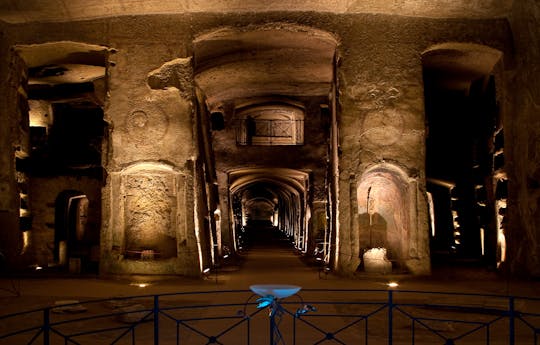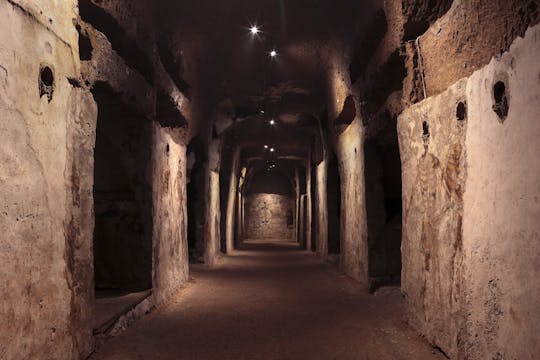Boasting a strategic location on the Via Appia, Ancient Capua was a hugely important city since its foundation in the 5th century BCE. Your journey begins at the Arena of Spartacus, the ancient amphitheater in Capua. Second in size only to Rome's Colosseum, this amphitheater is older, better preserved, and less crowded. Join your guide, a specialist in Roman archaeology, to tour the home of the Gladiator school of Ancient Rome where the legendary gladiator Spartacus made his daring escape and ignited his revolt against Roman slavery.
Upon leaving the army, Spartacus was sold into slavery. He was ordered to go to Capua to enroll in Gladiator training school, where he rebelled against his enslavement and managed to escape alongside several other trainee gladiators. He became the leader of the growing group of escaped slaves who were ready to fight for freedom and autonomy. Against the odds, Spartacus and his rebel army resisted Roman attempts to overpower them, becoming a symbol of resistance against oppression.
As you explore the amphitheater's ‘hypogeum' or underground area, you'll feel like you have a backstage pass to the gladiator shows of days past. The areas here are far better preserved than those found at the Colosseum of Rome. You'll then visit what is known as the 'gladiator's room,' off limits to other visitors. Still being studied, specialist archeologists are still trying to understand the room's original purpose.
An augmented reality experience, exclusive to National Geographic travelers, will bring to life the experience of being Spartacus 2000 years ago, complete with reconstructions of the original amphitheater from the perspective of both the spectators and the gladiators. Step into the shoes of Spartacus, and feel the pulse of Ancient Rome.
After your tour, relax over a lunch lovingly prepared with local organic produce by owners who take pride in maintaining their historic surroundings. The restaurant is conveniently located on the perimeter of the archeological site.

